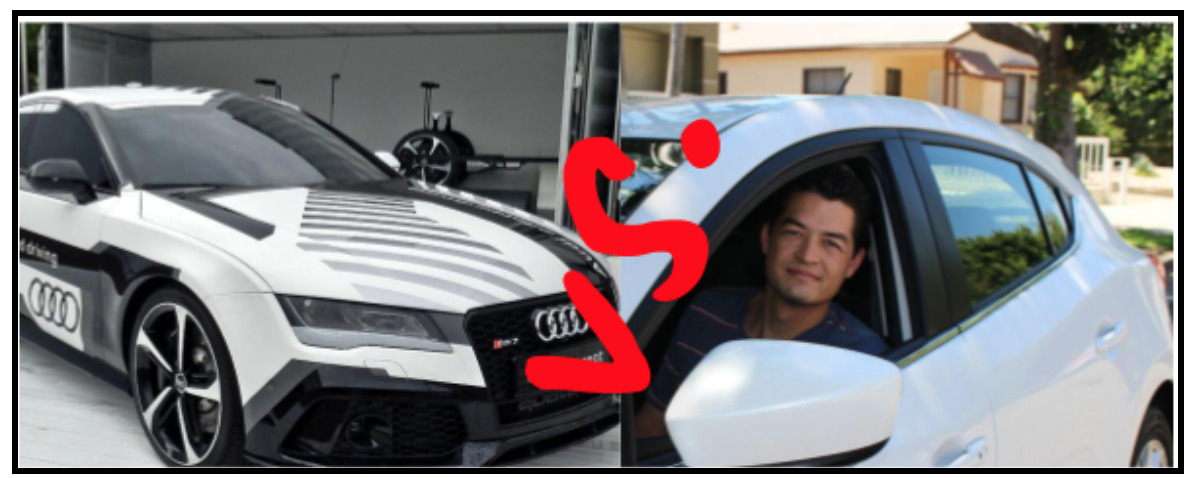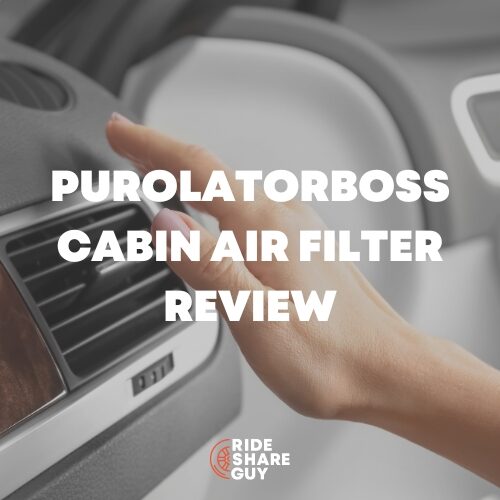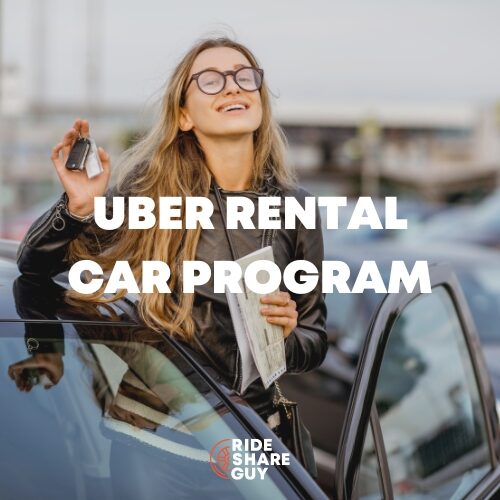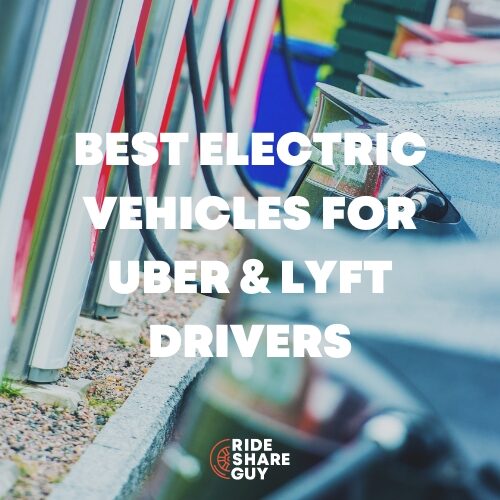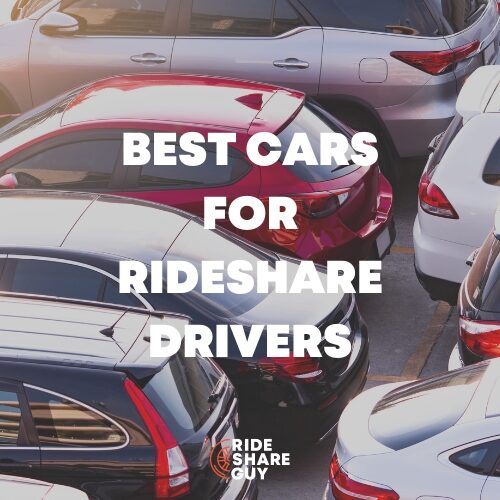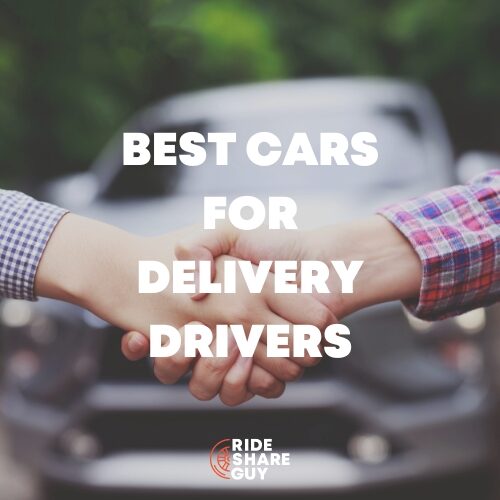
The Rideshare Guy Mobility Report is a monthly piece that explores the world of rideshare & mobility through the lens of its workers. Written by Harry Campbell, author of The Rideshare Guide, and Tom Mourmouras, founder of Naxos Mobility.
Man vs. Machine
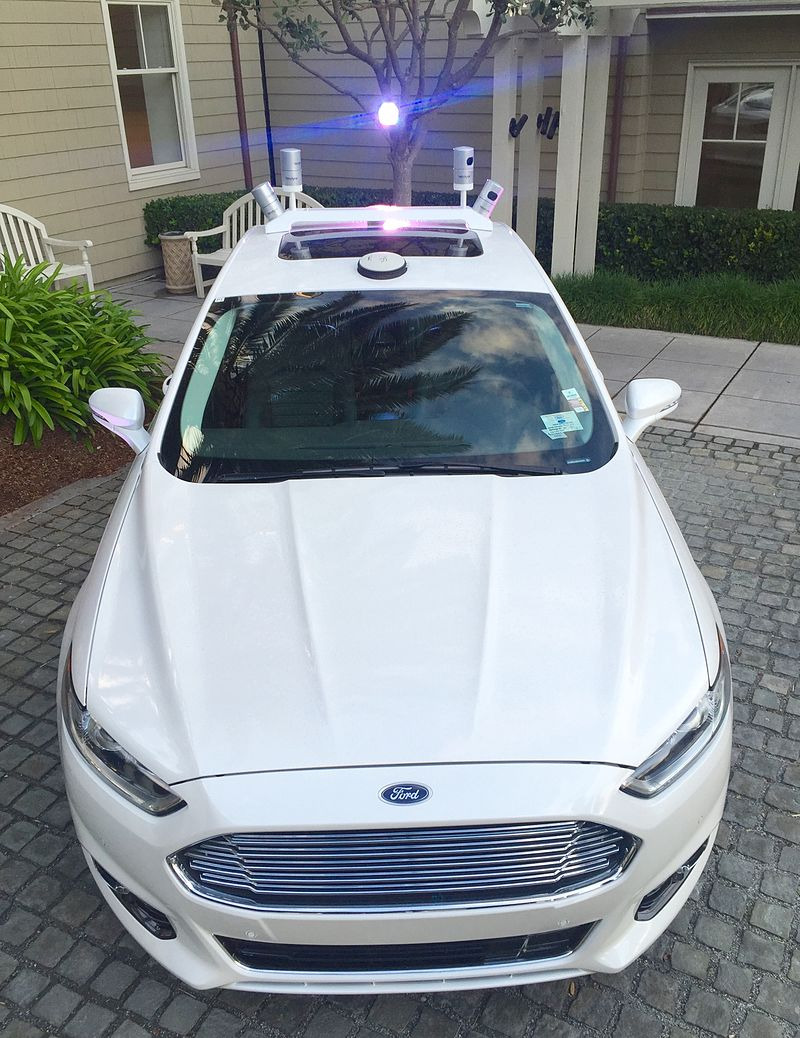
Autonomous Vehicle (AV) companies are focused on tinkering with their algorithms, HD maps, business models, and hardware as they race to (safely) launch at scale. There are many brilliant scientists, developers, and product managers working hard to solve the problem of self-driving. Most of the focus has been on technical aspects: navigating obstacles, mapping streets, and identifying other people. And plenty has already been written about the trolley problem.
Want to get the Mobility Report monthly? Subscribe below!
We wanted to take a minute to step back and ask: “what else do rideshare drivers do beyond just driving a passenger?” The spirit and unique angle we here at RSG are aiming for with the Mobility Report is the world of mobility through the eyes of the workers. So, we asked our readers an open-ended question: What is something that you do while driving you think AV’s will have trouble with?
We consolidated over 50 free responses into ten categories:
- Navigating 3D environments: bridges, tunnels, multi-layer overpasses
- Locating passengers who are not at the map’s indicated location
- Navigating manually around construction or closed roads
- Anticipating what other human drivers do
- Ensuring passengers don’t leave trash/smoke/drink alcohol
- Dealing with lost items (phone/wallet)
- Verifying identity of passengers (preventing someone from ‘stealing’ a ride)
- Passing another car coming in the opposite direction on a narrow road
- Helping disabled and elderly passengers
- Driving with snow or ice on the road
Then, in a new survey, we asked drivers to select up to 3 of the above issues as their top problem areas for AV’s. Here’s what we found (sample size = 64 and percentages total to more than 100 because participants could select up to 3 choices):
- Locating passengers who are not at the map’s indicated location: 53%
- Helping disabled and elderly passengers: 45%
- Anticipating what other human drivers do: 42%
- Ensuring passengers don’t leave trash/smoke/drink alcohol: 36%
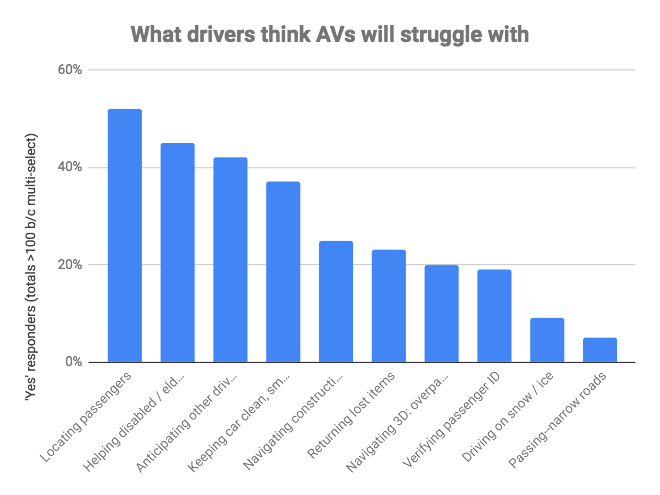
Key takeaways:
- Rideshare driving is a pretty straightforward job but picking up and dropping off passengers is where things get complicated! Lyft’s Amp and Uber’s Beacon are ways that this issue can be rectified in-house. But longer-term, infrastructure advancements and cooperation with municipalities on curbside management will be critical.
- Almost all of the major issues center around human to human interactions. In our humble sample, workers think that the cars will be able to master the technical aspects of driving. But anticipating other human drivers will be hard for AVs and helping the elderly and policing the youth will be trickier still.
- TL;DR: How will AVs handle pukers?
Here are three summaries and potential fixes for our drivers’ top issues:
Coordinate curbs with customers
- Even if GPS location data improves (right now Uber/Lyft don’t even route drivers to the passenger’s side of the street), customers may make mistakes, be confused, or otherwise not be at their location (ahem, alcohol!). Sometimes the passengers move to the drivers’ side, sometimes drivers move to the passengers’ side, and, to complete the Venn diagram, sometimes they meet in the middle.
- Cities are starting to catch onto these “curbside management” issues and are designating real estate for pickup and dropoff. But this type of stuff is only happening in super-progressive areas. The AVs are going to have to sort out these issues on their own.
Solutions currently being tested:
- Use Amp and Spotlight to facilitate entry. Lyft and Uber are already training their passengers to recognize color-based identifiers on their rides, in addition to make, model, and license plates. But when a fleet of 62,000 identical Chrysler vans is released into the world, these neon identifiers will be even more important. Ask any Prius driver you know if they’ve ever been mistaken for an Uber or Lyft driver 🙂
- Make passengers walk a bit as in Uber Express POOL— this is happening now for Uber’s cheapest service. Passengers are told to meet at a certain pickup point that may be a short walk from their current location.
- Assume that if people are serious about getting from A to B, they will eventually find the right ride.
Ensuring the car is clean
- Humans are experts in cleaning up after other humans – especially when it comes to puke. But all kinds of trash is left in the back seats of Ubers and Lyfts: gum wrappers, single-use plastics, Wale albums, and dirt.
- The mere presence of a human driver, and the general knowledge on the passengers’ part that their human driver owns the car, are deterrents to bad behavior. But even then, you’re going to get people who fake service animals and get in the car soaking wet after a beach day.
- When ill-mannered customers do leave trash behind, drivers are encouraged to clean up after them, lest their algorithmic overlords/the next riders ding them in their star-rating.
- Imagine if you entered a car with McDonalds wrappers in the back seat. How would you feel? This very basic and analog problem is rather tricky for AVs, and the issues today’s drivers are facing are only going to be magnified in the future when there’s no one watching over you.
Possible solutions:
- Passenger-feedback ratings to encourage good behavior. That McD’s wrapper? One star to the rider preceding you.
- Cameras and freakin’ laser beams that can detect trash left on seats and ping the offender’s phone (but what if he left his phone AND the trash?!)
- Regularly-scheduled, several-times-a-day-human cleaning. We see this as the most likely outcome, at least at launch. This kind of work could be done by Avis or even gig-economy workers. Wow! Creative destruction in the gig economy at work.
Helping elderly and disabled passengers
- We will even add airport luggage assistance to this bucket. Ramps (and robot arms?) may be able to ease ingress and egress for wheeled bags.
- But in the near-term…these trips should be given to wheelchair accessible vehicles (WAV) human drivers. It’s a matter of courtesy and respect–not to mention liability protection: “Robot WAV self-driving taxi traps passenger in wheelchair” is a headline no executive should read.
Possible solutions
- Reserve AVs explicitly for passengers not in need of assistance
- Make sure easy ingress and egress are designed into AVs from the outset
The above issues are by no means exhaustive. They are all solvable. We at RSG think it’s important for all stakeholders–companies, drivers, regulators, and passengers, to think about these less-sexy issues early so that mutually-beneificial solutions can be found.
News + Product Updates
Ford goes for a Spin: The middle Detroit-3 automaker has been under pressure to demonstrate a viable path forward for investors, who have fled the stock. Ford makes money from trucks and SUVs, has killed all North American cars except for Mustang, and is seen as a follower in AV (sorry, Argo), behind crosstown rival GM and Waymo. Will its acquisition of the nice-guy scooter company Spin excite the Ford Smart Mobility division, and therefore FoMoCo? Ford X VP, Sunny Madra, says so: “By combining our strength in automotive research and development with our commitment to connected and autonomous vehicles and our emerging software business, we are expanding our portfolio of scalable mobility solutions intended to provide a seamless transportation experience for the modern consumer.”
Bird delivers: Santa Monica-based Bird has found a creative way to fly around regulations limiting scooter companies’ fleet sizes. By delivering individual scooter rentals directly to reserving customers, they may be able to bypass regulations around shared fleet units.
Honda Cruises with GM: Hot off the heels of a blockbuster deal with Softbank, GM Cruise logged another major validation from Honda. The Japanese OEM has committed $750M right away and another $2B in the coming years. Auto consultant Grayson Brulte says: “The autonomous ecosystem is not a winner takes all scenario and we don’t need 20 different autonomous systems. Partners will have to be on the same team with a common goal of deploying multiple types of autonomous vehicles based on consumer wants and needs.”
UK Uber drivers strike: In the biggest gig-economy strike that we can remember, hundreds of drivers went on strike in various UK cities, demanding better wages and conditions. It’s inherently difficult for decentralized and physically separated workers to organize. The drivers in the UK organized on WhatsApp groups — time will tell if their efforts effect change.
Your turn to drive
What do you think of the MobRep? (a.k.a. Mobility Report)? What should we change? What do you want to see next time? If you could ask drivers, chargers and couriers one question, what would it be? Let us know!
-Harry @ RSG
